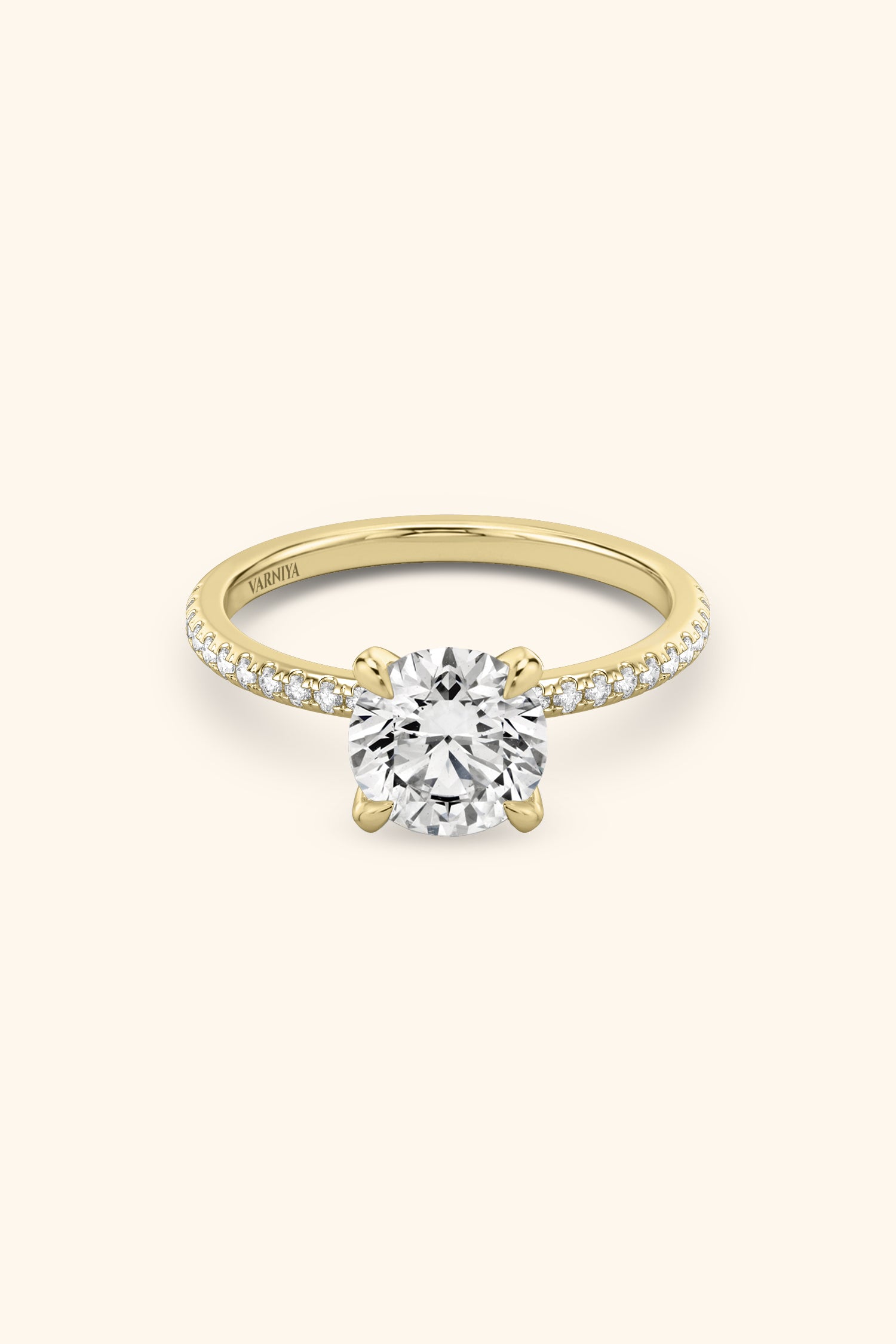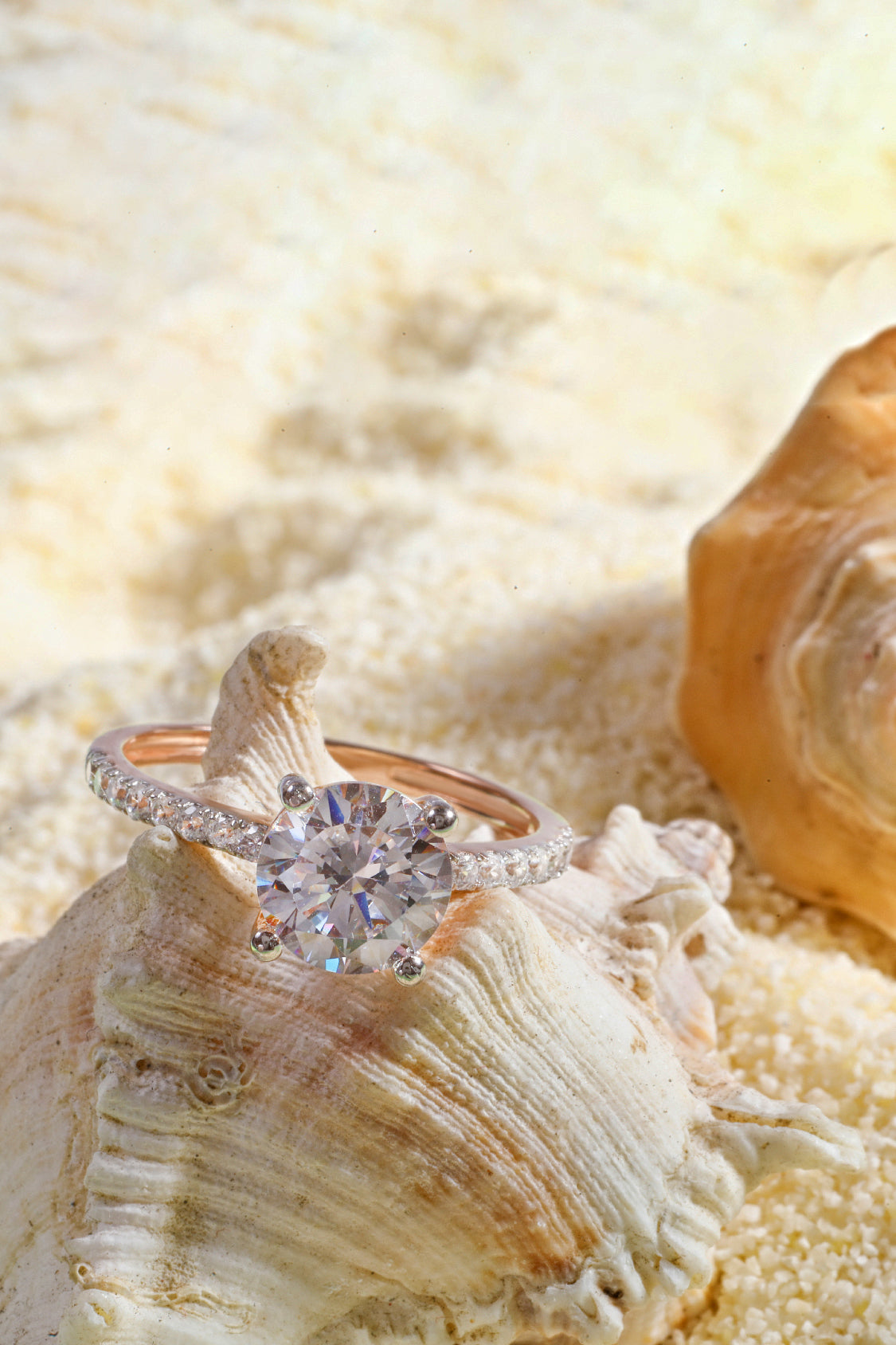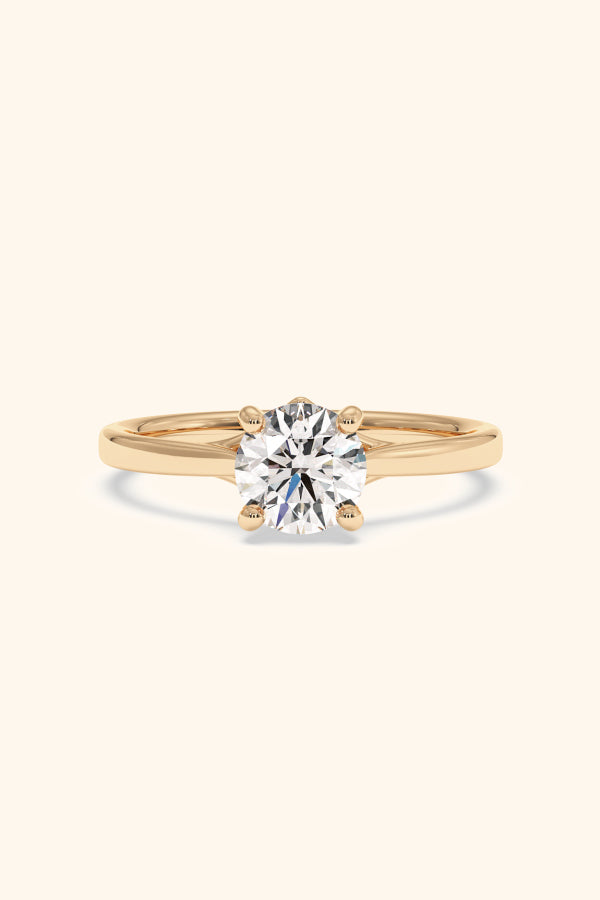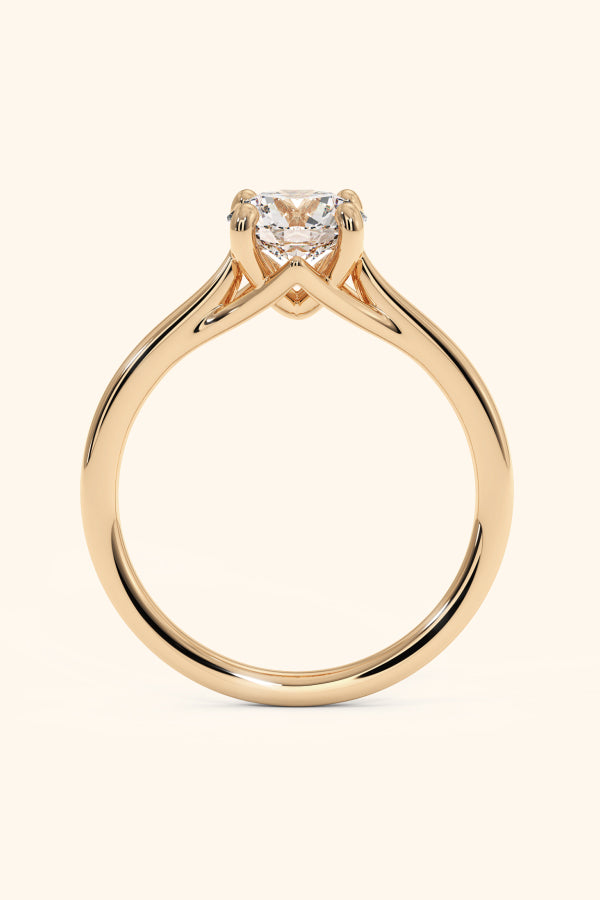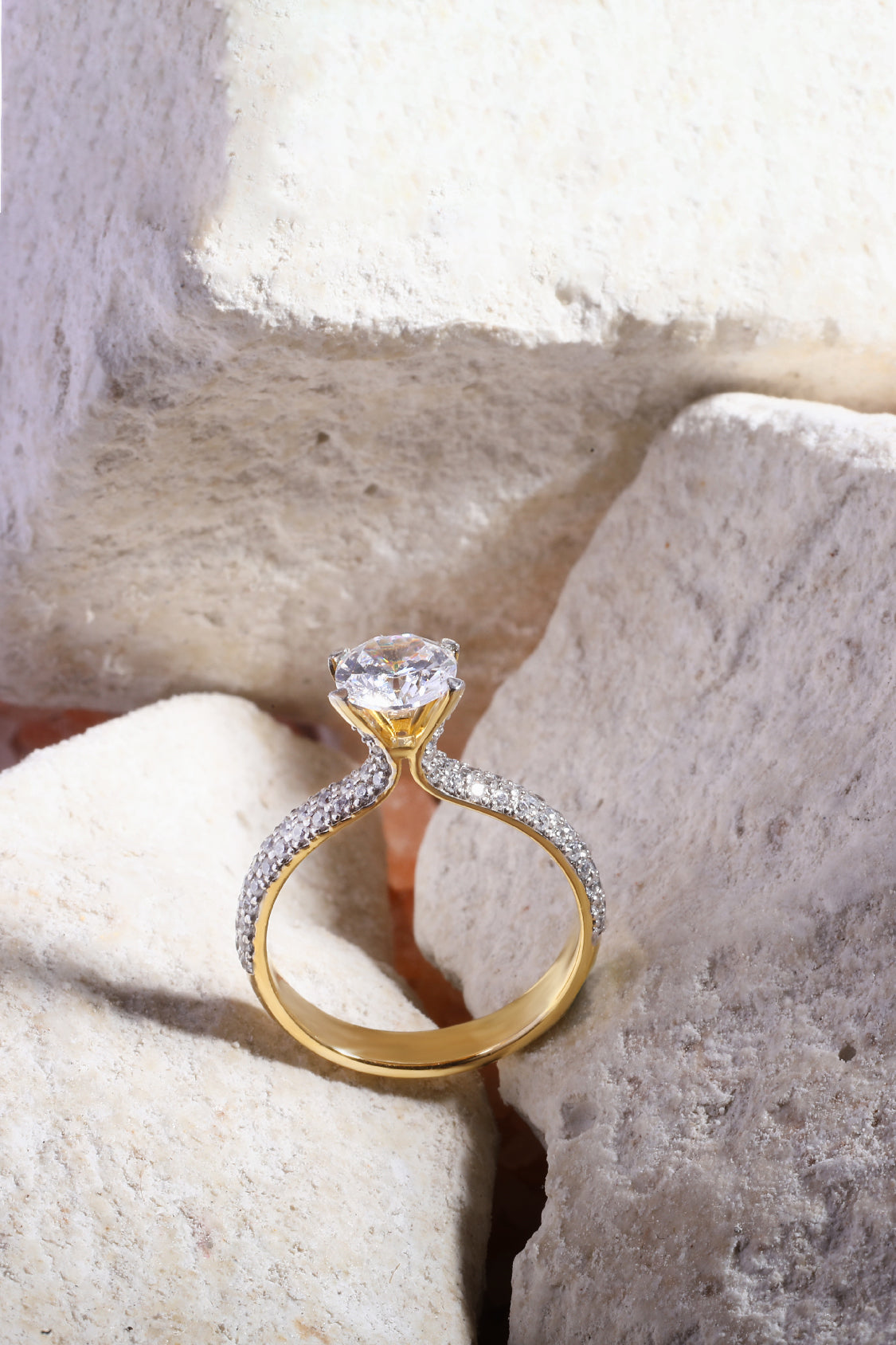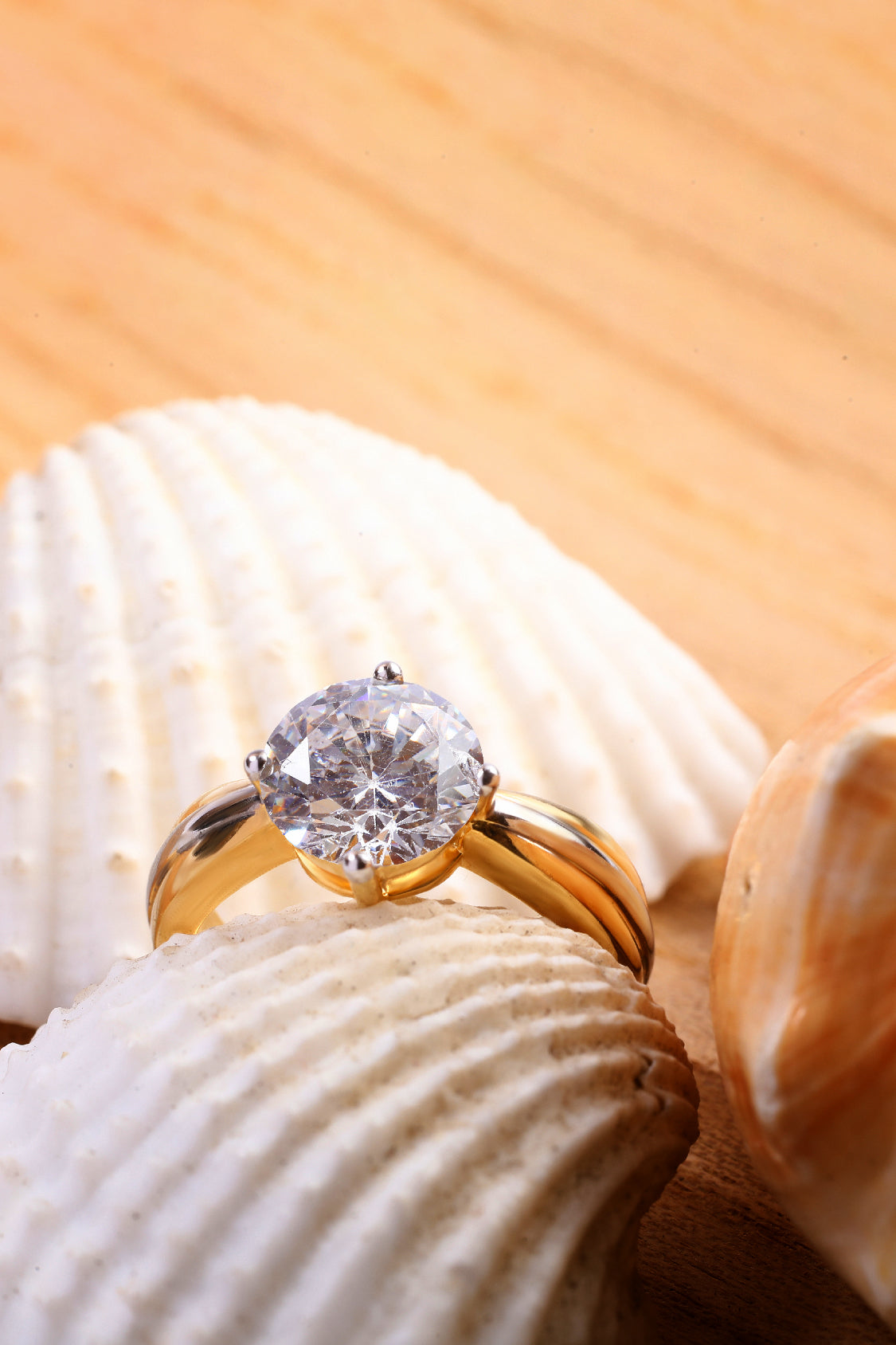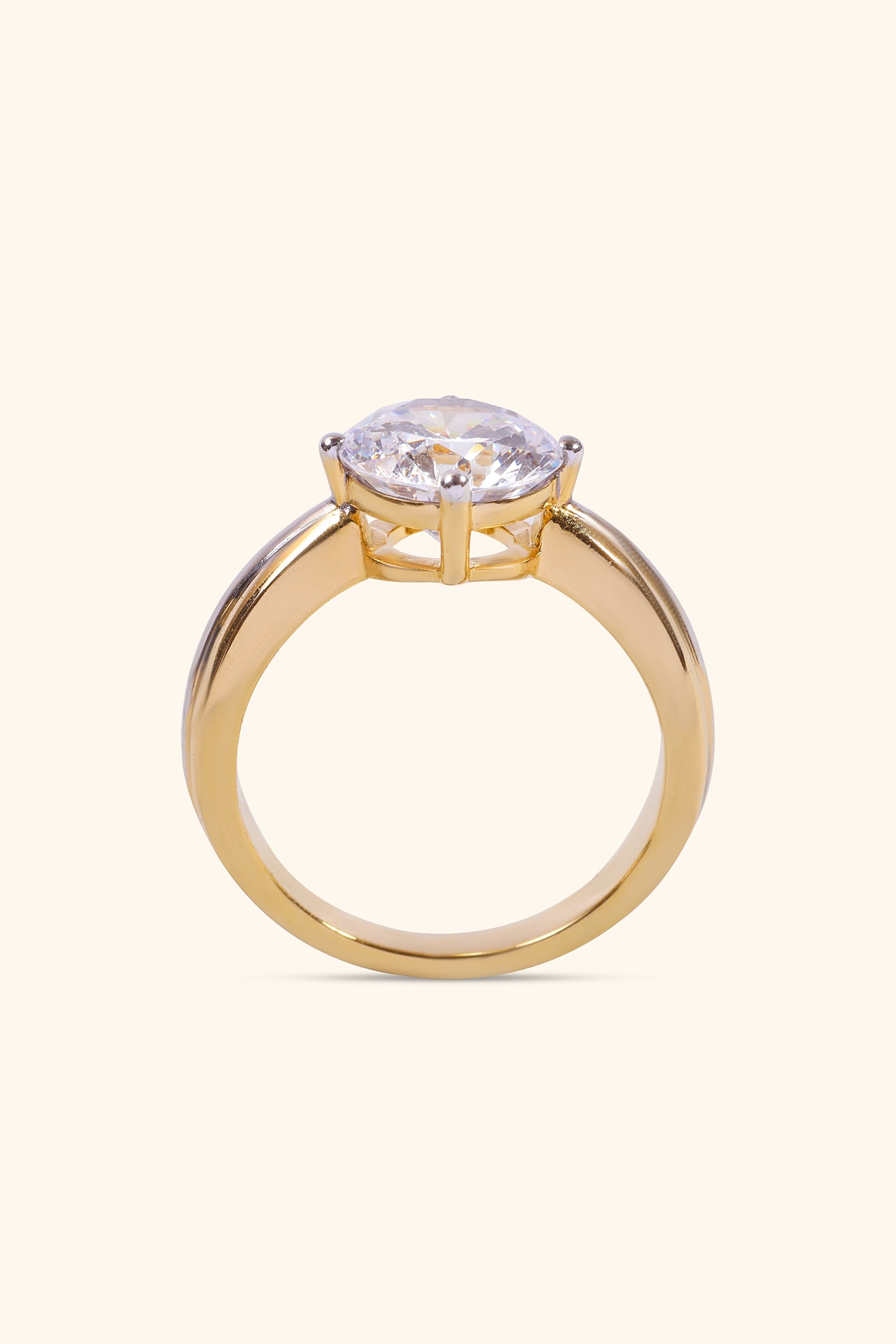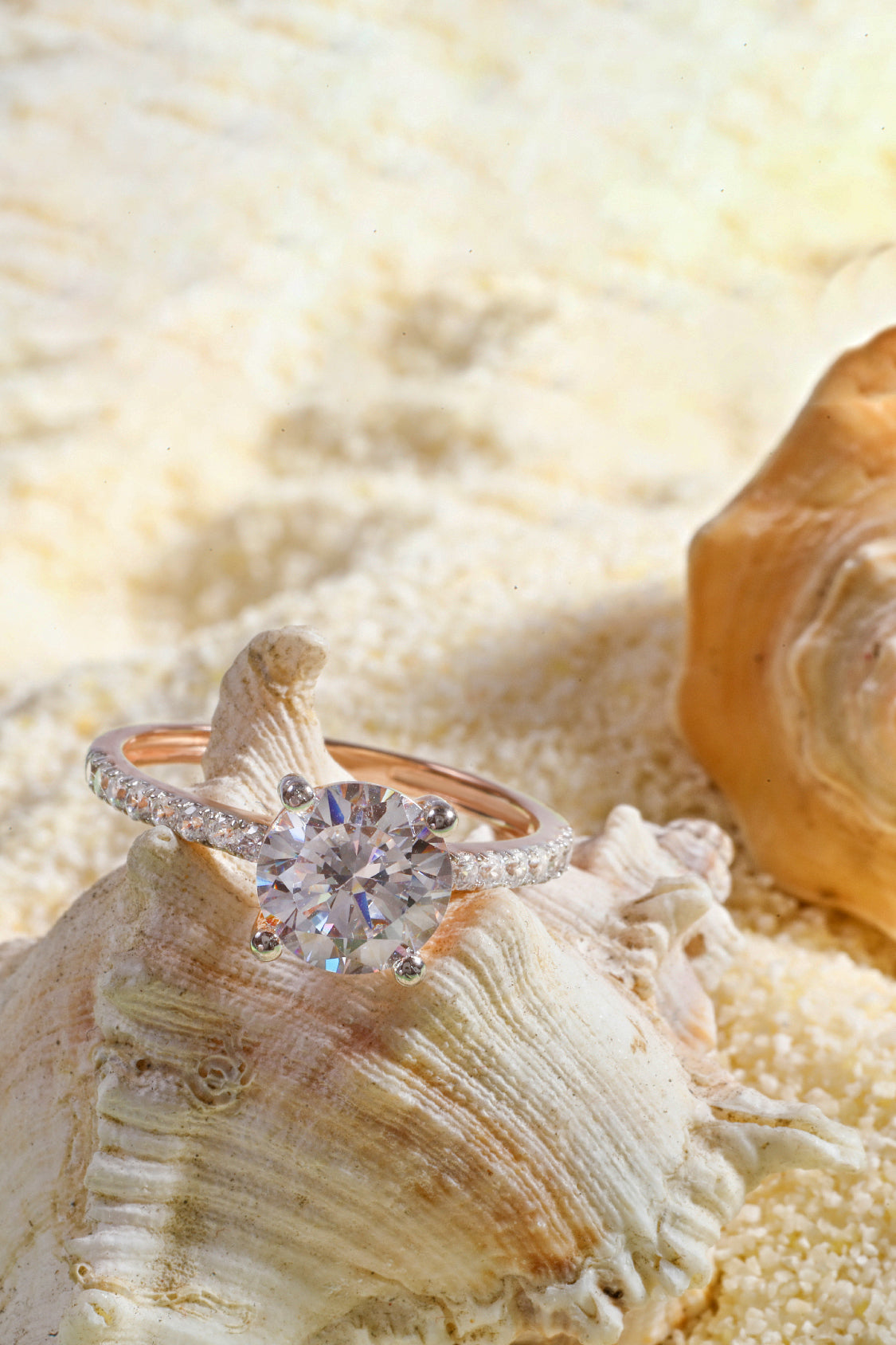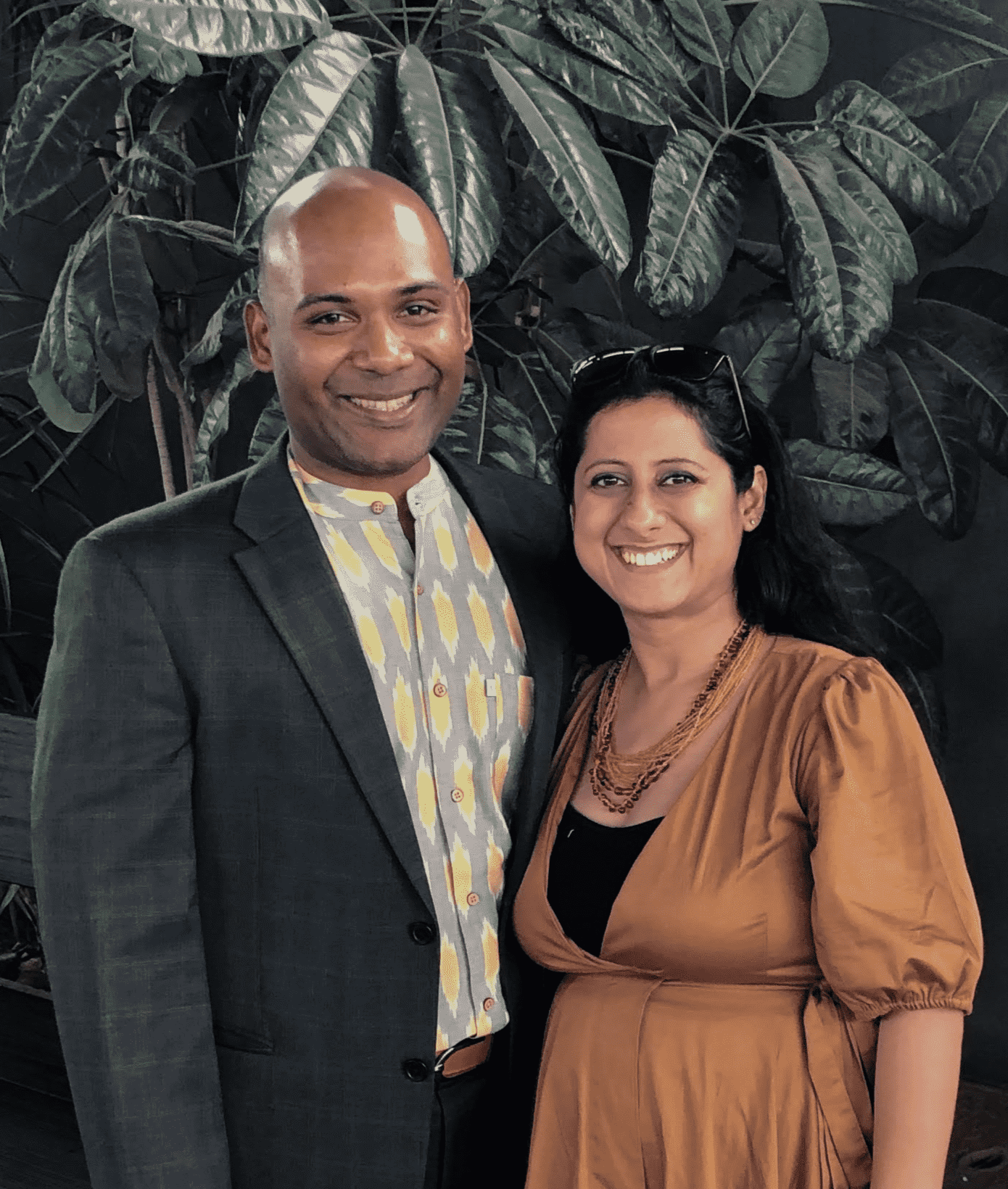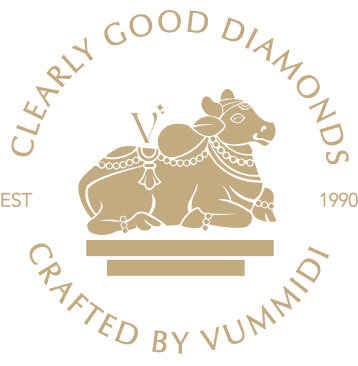
GIA-Certified Lab-Grown Diamonds: Meaning, Importance and Benefits
Do not take Marilyn Monroe's words for granted when she sang, “Diamonds are girls’ best friends,” for they’re now men’s buddies, too, and the best ones come with a GIA certification! But wait, didn’t GIA give a grading report only for mined diamonds? Is it true that GIA certifies lab-grown diamonds as well? Let’s get into the nitty-gritty of lab-grown diamond certification and see how it radiates the perfect shine!
Lab-grown diamonds are changing the way we shop for diamonds. Earlier, owning diamond jewellery was an exclusive privilege reserved for the wealthy. However, lab-grown diamonds, with their more affordable price tag, have made it possible for everyone to adorn this dazzling beauty.
Besides the difference in their creation process, lab-grown diamonds share the same sparkle and fire as natural ones. Yet, people are uncertain about their quality. That’s where the role of a grading report or certification comes into light. Not everyone is a gem specialist, so you rely on these certifications to know if the diamonds are pure, authentic, and high-quality.
So, who creates this grade report? Several diamond grading organisations, such as IGI (International Gemological Institute), AGS (American Gemological Society), GIA (Gemological Institute of America), etc., are behind gem certification. It gives customers an added layer of guarantee regarding the quality and authenticity of diamonds.
But how does the GIA certify lab-grown diamonds? Why is GIA grading a late entrant to the world of lab-grown diamonds? Let’s peel back the layers of glitter and find out!
Role of GIA in Diamond Certification
Though many are considering lab-grown diamonds, their biggest concern is whether or not they are GIA-certified. The Gemological Institute of America, or GIA, is one of the world’s most reputable institutions for gemstones and jewellery and the ultimate diamond expert. GIA has been the go-to authority for grading mined diamonds, ensuring their quality and value for decades.
As lab-grown diamonds became increasingly popular, GIA realised that people still needed to know what they were getting into with these diamonds. So, GIA has adapted its expertise and now offers complete grading reports specifically for lab-grown diamonds!
Although lab-grown diamonds have been popular since the 1950s, they became GIA-certified only in 2007. Moreover, GIA dropped addressing lab-grown diamonds as synthetic in 2019, highlighting how good and sparkling they are as their mined counterparts.
GIA follows specific criteria when grading lab-grown diamonds. It includes several tests and assessments to establish the diamonds' colour, cut, clarity, and carat weight. Unlike natural diamonds, the GIA report of lab-grown diamonds includes additional information regarding their type, process, and laboratory name. Once they pass the tests, GIA certifies them, which marks the diamond’s unique characteristics, quality, and value.
Check out Varniya's vast collection to experience the affordability and brilliance of GIA-certified lab-grown diamonds.
Importance of GIA Certification for Lab-Grown Diamonds

Now that you’ve got the answer to whether or not GIA certified lab-grown diamonds, let’s look at how GIA certification stands out from other grading labs. Besides GIA, IGI, AGS, and GCAL are among the top diamond grading institutes. However, GIA is the most reputable and widely recognised. Along with setting industry standards for the past 80 years, GIA is known for its unmatched accuracy and trust.
Since people have questioned the authenticity of lab-grown diamonds, GIA certification added legitimacy to this relatively new option. It assures consumers that lab-grown diamonds are as beautiful and valuable as mined diamonds but with a more ethical and sustainable story. Moreover, GIA uses strict and consistent grading criteria to make the report reliable. It allows you to compare different lab-grown diamonds and helps you make better decisions.
Choosing a GIA-certified lab-grown diamond is like having a trusted friend by your side while buying. It gives you peace of mind and confidence that you're getting a high-quality gem that sparkles with ethical brilliance.
How Does GIA Grades Lab-Grown Diamonds?
What makes the diamonds shine so bright? It’s the 4Cs—cut, colour, clarity, and carat. These are the cornerstones of diamond quality, and GIA uses them to evaluate lab-grown diamonds. This parameter ensures consistency and offers easy comparison between lab-grown and mined diamonds. So, how does GIA-grading happen for lab-grown diamonds?
GIA puts these diamonds under several tests and employs advanced tools to get the most accurate results. Here’s how it grades lab-grown diamonds based on the 4Cs method:
Cut
Cut is the most important C. It refers to how the diamond is shaped while polishing to catch light and sparkle in the best way. GIA uses state-of-the-art technology to grade a diamond's cut based on its symmetry, polish, and proportions. The better the cut, the better the sparkle of the diamond.
Colour
Aren’t diamonds always white? Then what does colour have to do with the GIA grading? You can see a yellow tint in some diamonds, making them less valuable. GIA employs sophisticated tools to grade the diamond colour from D to Z, with D being the highest grade and that which is colourless. So, the lesser the colour of the diamond, the higher its grade.
Clarity
Like plain glasses that get scratched, lab-grown diamonds may have flaws called inclusions, which cause gaps, lines, or cloudiness. Based on the visibility of these inclusions, GIA assigns the following clarity grades:
- FL - Flawless
- IF - Internally Flawless
- VVS1 - Very, Very Slightly Included 1
- VVS2 - Very, Very Slightly Included 2
- VS1 - Very Slightly Included 1
- VS2 - Very Slightly Included 2
- SI1 - Slightly Included 1
- SI2 - Slightly Included 2
A clear, transparent, and flawless diamond is the most valuable. Finding a diamond without inclusions is rare, so choose the one with fewer flaws.
Carat
Carat refers to the weight of the diamond. One carat is equal to 0.2 grams. Before you pick the biggest diamond, know that its size doesn’t necessarily mean it’s the best; if the cut, colour, or clarity is not perfect, choosing a heavy diamond becomes meaningless. GIA uses precise tools to evaluate the diamond’s weight, so choose the one that suits your preference and budget.
Also Read: Best Unique Engagement Ring Ideas
Benefits of GIA-Certified Lab-Grown Diamonds

The GIA grading of lab-grown diamonds has pulled off all your concerns regarding their quality and value. What other benefits do GIA-certified lab-grown diamonds hold? Here are a few to get started with:
- Offer transparency for customers: GIA grading is like a diamond's report card, showing the areas where the diamond shines and fades. GIA verifies its authenticity and quality, telling you exactly what you're getting and ensuring you invest in a stunning and valuable gem.
- Improve the marketability and acceptance: Are you thinking about resale someday? A GIA certificate significantly enhances the marketability of your lab-grown diamond. Moreover, GIA certification marks the diamond’s quality and authenticity, making it a more attractive proposition for potential buyers.
- Show consistency: GIA uses the same rigorous grading system for mined and lab-grown diamonds. This consistency allows for easy comparison between the two, empowering you to make informed decisions based on your preferences and budget.
Even if you struggle to choose between two dazzling lab-grown diamonds, GIA certification comes to your aid. You can find the perfect diamond by assessing its colour, clarity, cut, and carat weight.
Choosing GIA-Certified Lab-Grown Diamonds
Has the GIA certification encouraged you to buy a lab-grown diamond? Great! But how do you decode the information in the GIA report? A GIA lab-grown diamond report is like a roadmap for choosing the best diamond. It includes:
- Diamond Identification: It shows whether the diamond is lab-grown or mined.
- 4Cs: You'll see detailed information on cut, colour, clarity, and carat weight, giving you a clear picture of the diamond's quality (refer to the section above to understand the various grades).
- Diamond Characteristics: It details specific growth characteristics unique to lab-grown diamonds (whether formed through the HPHT or CVD process).
- Diagram: This visual representation shows the location and nature of any clarity features within the diamond.
Varniya's stunning lab-grown diamonds are the best choice for those who want to see the perfect blend of beauty and sustainability.
Impact of GIA Certification on the Lab-Grown Diamond Industry
The significance of choosing a GIA-certified lab-grown diamond cannot be stressed more. Though assuring us of the diamond’s quality and value, GIA grading makes it a more secure choice for the long term. Whether you plan to keep it as an heirloom or consider resale, a GIA certificate adds a layer of trust and potentially increases its value.
As people start investing in lab-grown diamonds due to GIA certification, the market share for these gems is expected to soar. This increased demand will introduce a new line of lab-grown diamonds at competitive prices, making them even more accessible. Besides, GIA's rigorous standards ensure quality and promote responsible practices within the lab-grown diamond industry, creating a win-win for consumers and the environment.
So, are you ready to embrace the future of diamonds? Lab-grown diamonds are your perfect pick if you’re looking for affordable, high-quality, ethically sourced gems. Visit Varniya today to explore our fantastic collection of GIA-certified lab-grown diamonds and find the one that lights up your life!

